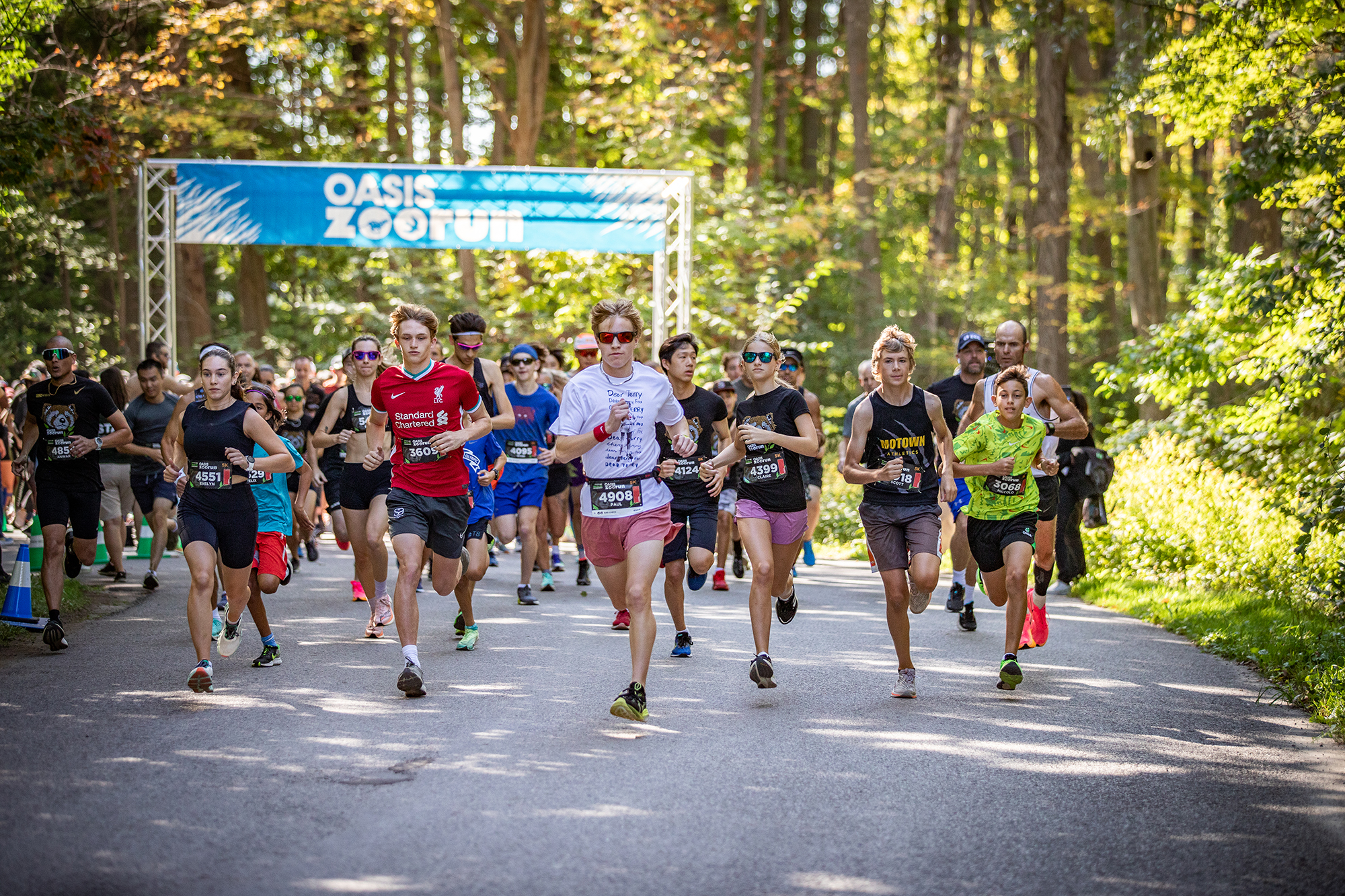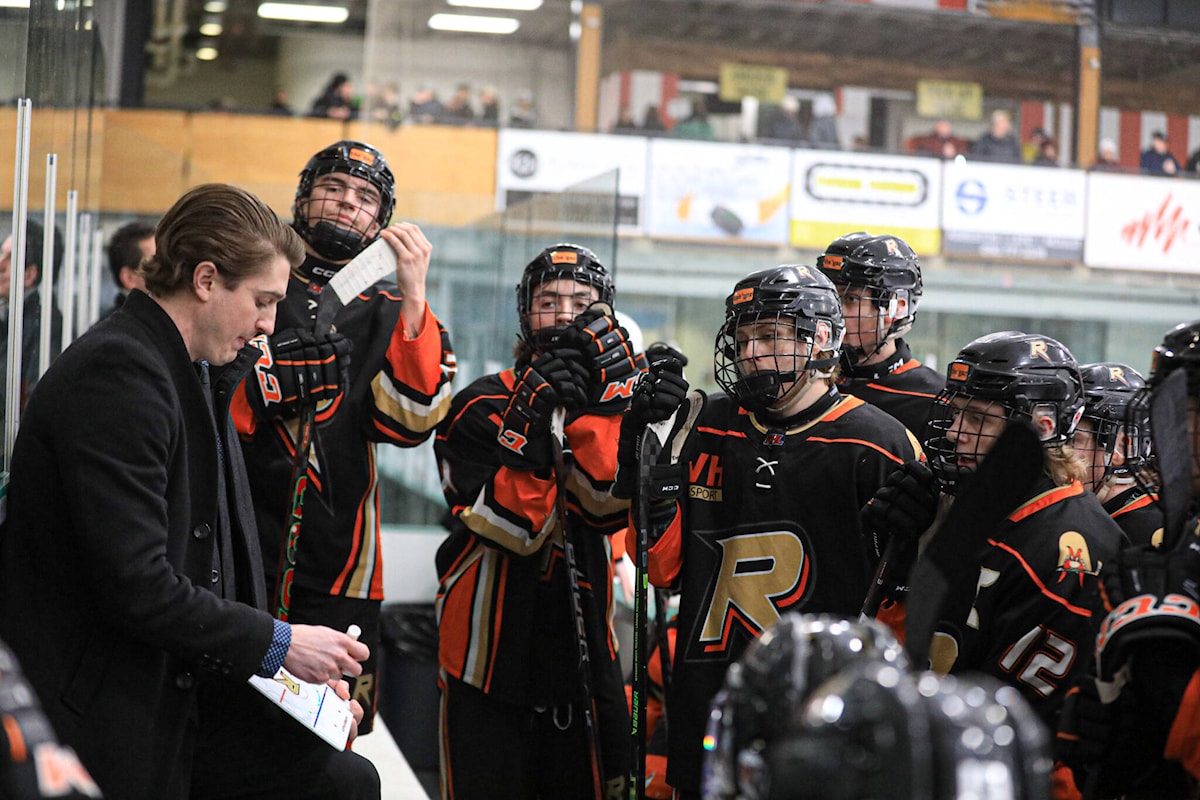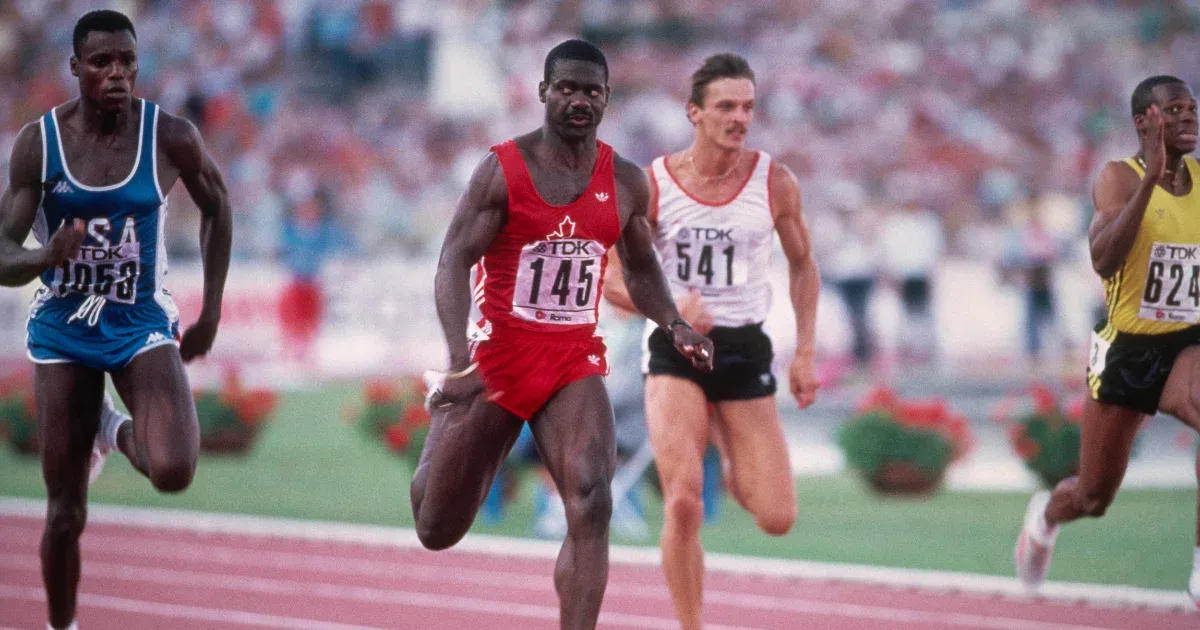In any case, the 100-meter final is accompanied by the most interest at every World Championships in Athletics, but in 1987 the interest was even sharper. American champion Carl Lewis and Canadian competitor Ben Johnson have been battling each other for years, but for the first time a World Cup gold medal was at stake. Lewis drove 8-0 until August 1985 – he also won in Budapest in 1984 – but then the trend turned, and Johnson won back-to-back races and made it as high as 8-5. The two giants were drawn into a separate semi-final, and Lewis was 13 times faster than Johnson, but that didn’t mean anything, because the order was reversed in the quarter-finals.
The third place in the semi-final was taken by Attila Kovac, who reached the final in a time of 10.22. A week before the World Cup, he set a national record (10.09) at the Hungarian Championships in Dioskure, which was also an impressive world-class achievement. But in the final in Rome, he had to cover the distance for the fourth time in two days, which meant a completely different strain from the home tournament.
Kovacs approached athletics rather late, only at the end of high school, having received a pair of spiked shoes from his father. He also won his first race after that, beating runners from Dózsa Szekszárd without any special training, and then also won the county race. He was in his fourth year of high school when the club signed him, almost at the last minute. He was still a contender for Szekszard’s side when they won the Hungarian Championship in 1981, and was also able to take part in the 1982 European Championships in Athens. In 1983, he moved to Úpest, and his coach was Ferenc Uroš, who was still able to improve his performance by ten.
It is not often that a student-coach excites his laziness after serious results. Ferenc Uroš has yet to indulge in the National Summit. “Because I was so lacking in the basics, I had to perform very hard in every training session, and I had to squeeze everything out of myself. I was usually better at competitions than at training. Uncle Fairy’s extremes knew no bounds. He was Caesar Real poetry in the positive sense of the word. If he didn’t like my position of my feet, we started over, and if he thought differently about just one small detail, we trained until he was in line with his ideal perspective. Because of this, of course, there were tantrums and frictions, and laziness could be returned Which led to this,” Kovacs has now responded to this incident.
In 1984, he came second behind Carl Lewis at the Hungarian Grand Prix in Budapest, but while the American could continue to prepare for the Olympics, he had to settle for the Friendship Competition in Moscow, the Olympics of the Socialist Countries. He finished second, and he reacted so well that he could compete with the best. In 1986 he reached the European final, taking seventh place, and a year later, in the best year of his life, he reached the World Cup final.
This is what the World Cup final stadium looked like on August 30:
- Lane 1: Viktor Brizgen, European Champion with the Soviet 4×100 relay,
- Lane 2: Pierfrancesco Pavone, Italian, European silver medalist in the 100m (1982),
- Lane 3: Raymond Stewart, Jamaica, Olympic silver medalist with the 4×100 relay,
- Track 4: Hungarian record holder Attila Kovacs
- Fifth track: Canadian Ben Johnson, bronze medalist at the 1984 Olympics,
- Track 6: Carl Lewis, American, Olympic, and World Champion,
- Seventh track: Lee McCray, American, winner of the Pan American Games,
- Track 8: Linford Christie, English, who later had a really great career and became the 100 World and Olympic Champion.
Kovac’s warm-up was not the best, he ran between the barriers, but missed the rhythm and stepped on one of them. Luckily for him, it was already broken and simply broke in two, but it didn’t hurt him.
Johnson really got off the starting machine, was clearly in the lead at 20 metres, then increased his advantage, Lewis getting somewhat close in the final metres, but Johnson still beat him by the metre. His score: 9.83, the world record. (By the way, on that day, fans could also see the world record in the women’s high jump of Bulgarian Stefka Kustedinova, which no one has been able to break since then).
Stewart was third after Lewis and Christie fourth. Attila Kovacs came in fifth with a time of 10.20. If he had achieved his best time of 10.09, he might have finished fourth. At the time, all the local coverage asserted that he was the fastest of the whites and the second-fastest of the Europeans. his run at that time You can watch the video here.
“I’m convinced Johnson jumped. I rely this on the fact that in the biggest competitions I had the best reaction time, if he had been a few hundredths better they could have been knocked out. I didn’t start badly, and yet it looked like I was stuck by him – Remember Kovacs telex about the final.
At the time, I thought there was no such thing as someone who could easily overtake at the start, this race proved it, but there it was. I carried my legs as far as I could and ended up running fifth. There was no big celebration, three days later, on my birthday, we had a toast in László Békesi’s room, and there was a small gathering, but nothing serious.
Bixie, the later minister, was a great friend of athletics, and was able to enjoy every little result with a childlike spirit, sometimes more than we competitors. It didn’t occur to me that I was part of history, but of course I felt that the race was being watched by an incredible number of paparazzi, photographers, journalists and, of course, 90,000 people in the stadium. There was a group of good sprinters who were born for speed, and it had to be decided which of them was the fastest.”
According to Kovacs, they only helped with the duel between Johnson and Lewis, and he was really filled with pride when he realized people were constantly being halved and he was still called to the next start. Originally, 51 people signed up for this distance. “At first I was in it, oh my God, it’s here, another classy guy there, the third there, and then they kind of bounced back, and I found myself at the center of the growing privileged attention, among eight people, over four courses, one of the best place.”
He didn’t know it at the time, but since then, no Hungarian runner has reached the finals in a flat race. But not before: in the 1952 Olympics, the 4 x 100 relay came third, but in the individual event you had to go back in time to 1934, to Sir Joseph’s European Championship final, to find a Hungarian.
One day after the race, he was told that in 1984, when Johnson only ran 10.33 in Budapest, he had already run 10.27. “Since then, Johnson has overtaken me the way he wants, you have the feeling that you are not being driven by your legs, but by a BMW engine. Only he can break his record,” he replied.
Attila Kovacs on the second day of the 1984 Hungarian Athletics Championships, winning two events – Source: Arcanum / Népszabadság Digital Science Library – Issue 07/27/1984
He didn’t remember the analogy at the moment, and wasn’t even sure he said it, but a year later it turned out that the Canadian wasn’t being driven by a BMW engine, but by something completely different: steroids. After Johnson set a record again and won the Olympics, he was disqualified a few days later. Since his result in Rome was also destroyed, Kovacs eventually finished fourth. Johnson’s fall came as a surprise to him, because it was known that there were protected competitors who were not screened in this way, hence this theory was not confirmed at the Seoul Olympics.
Kovacs could no longer adapt to the two-hundred-meter race in Rome, although he managed 20.11 that year. He still regrets it a bit to this day, because it’s just a numbers game, but he could have won that year with a time of 20.11. But somehow, hundreds of meters ahead appeared. They reached the final with the 4 x 100 relay, where they took 6th place. Apart from him, there were Istvan Nagy, Laszlo Karafa and Istvan Tatar in the team.
Kovacs struggled with heel pain before the Olympics, and had calculated in advance that if no one made a mistake, he would make it to the ninth time. So it happened, the Olympic final was just a short distance away, seven centuries, and the Brazilian Robson da Silva had managed to reach it before him. However, after Johnson’s disqualification, he was eighth in the new standings. As with the gearbox 4 x 100. Since then, there has been no opportunity in our country to form an amazing relay team of four athletes with excellent skills that could compete with the best in the world.
In the end, we wondered what Kovacs felt when he saw the famous photo from 1987.
“A picture of me running next to Johnson and Lewis is part of my life, but it doesn’t cause me any special feelings, it’s not part of my daily life.
At the time, this image was posted on the walls of many rooms and garages, and some said it was the most powerful image of Hungarian athletics. It was a very good moment, it’s unbelievable how many places I saw it. Sometimes, a picture says more than a thousand words.”
Attila Kovacs did a period of apprenticeship after his career and is currently the head of a real estate company.
in the first part We looked at Laszlo’s unscathed marchwho missed the bronze medal by one centimeter. In the third part follows Attila Horvath, the first World Cup medalist.

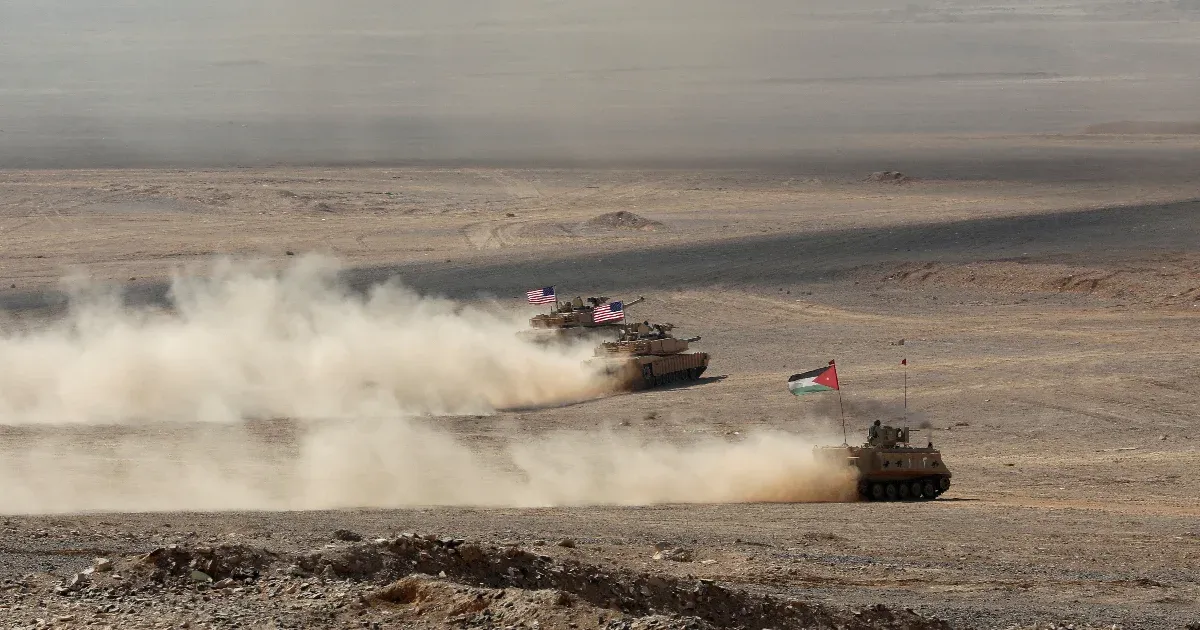





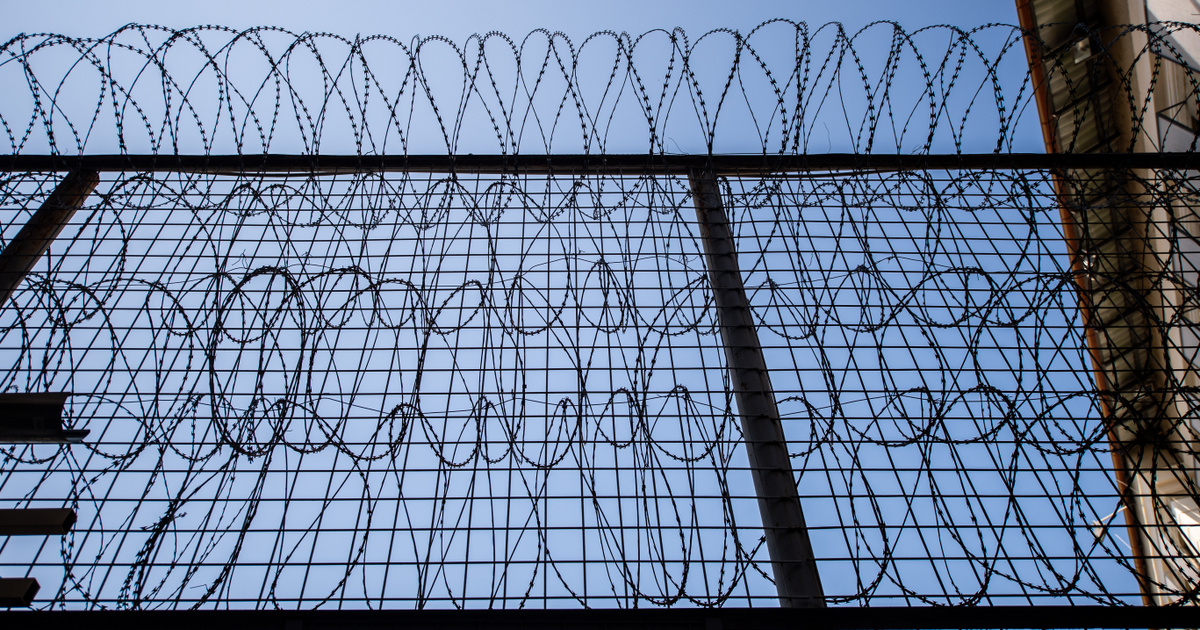
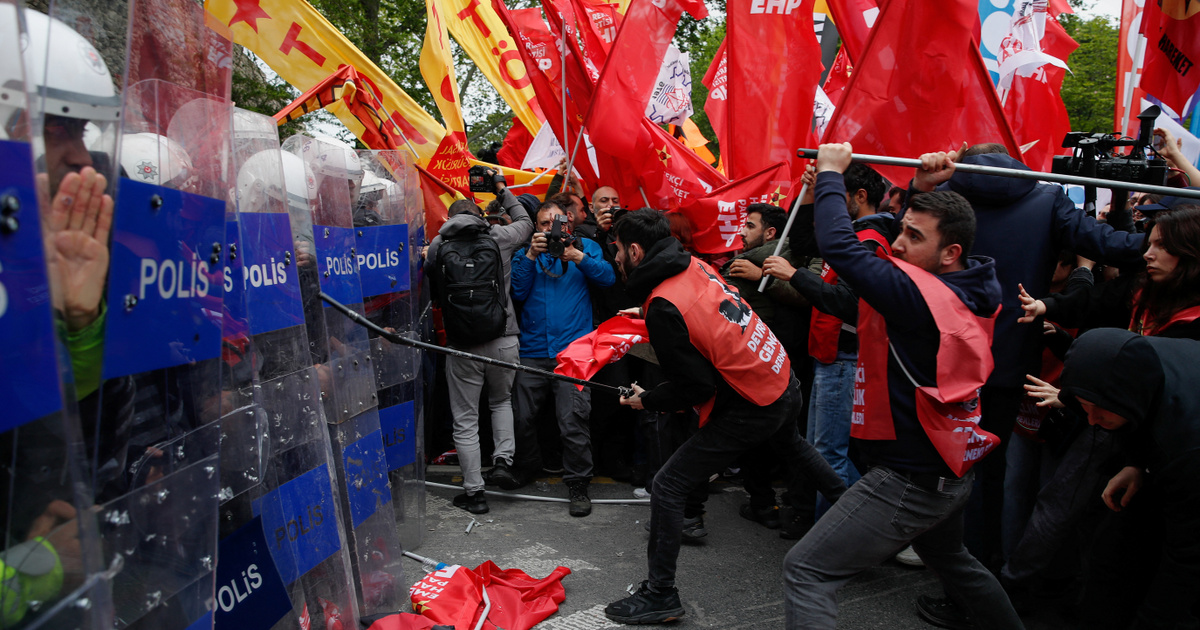


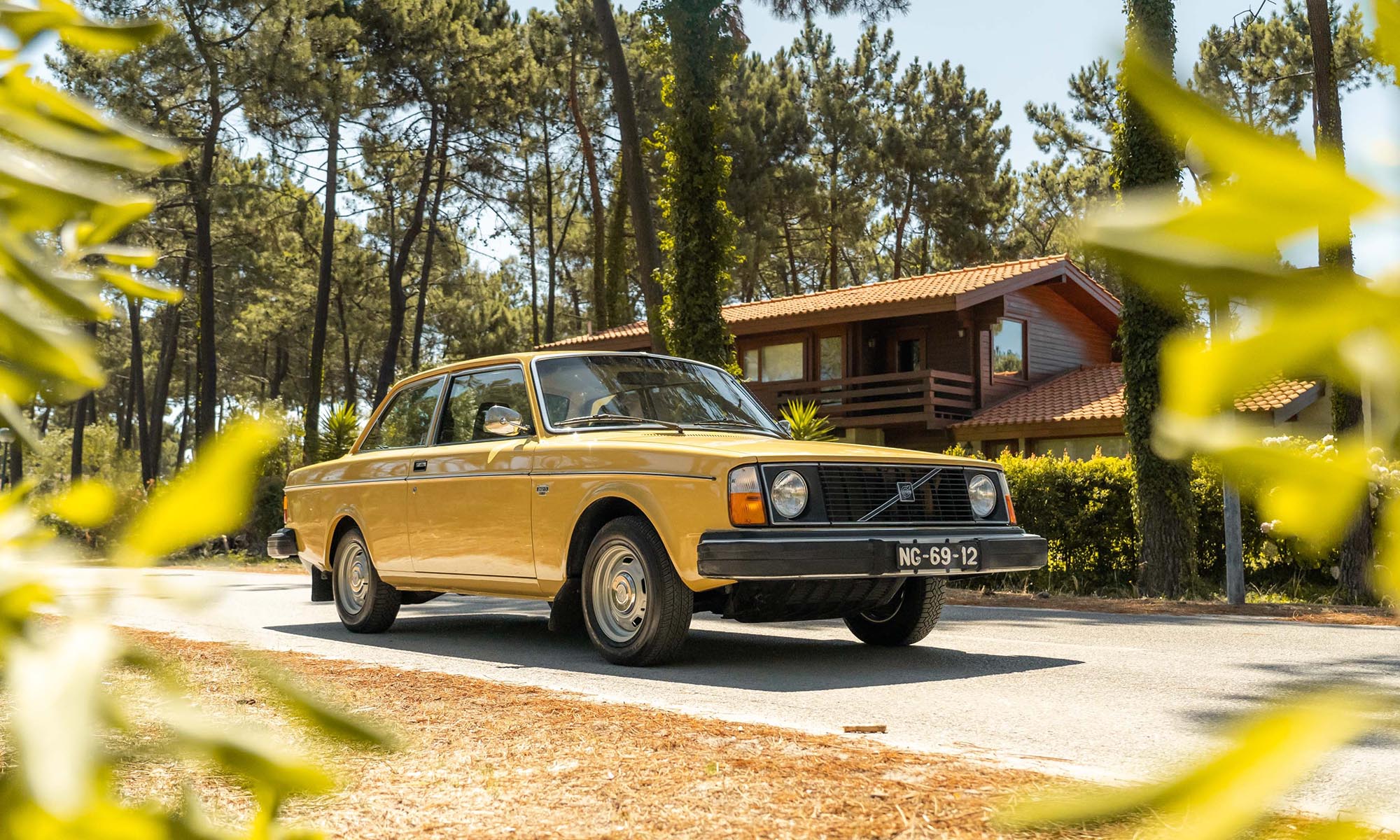


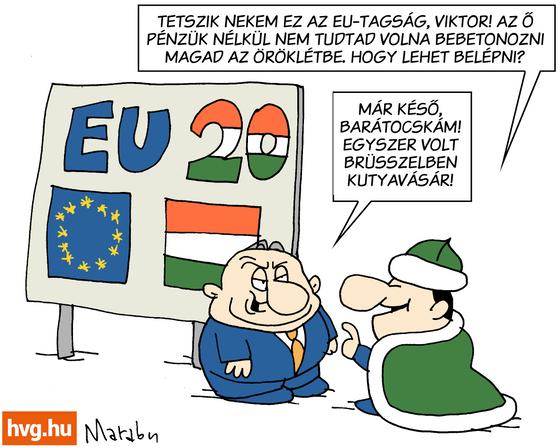



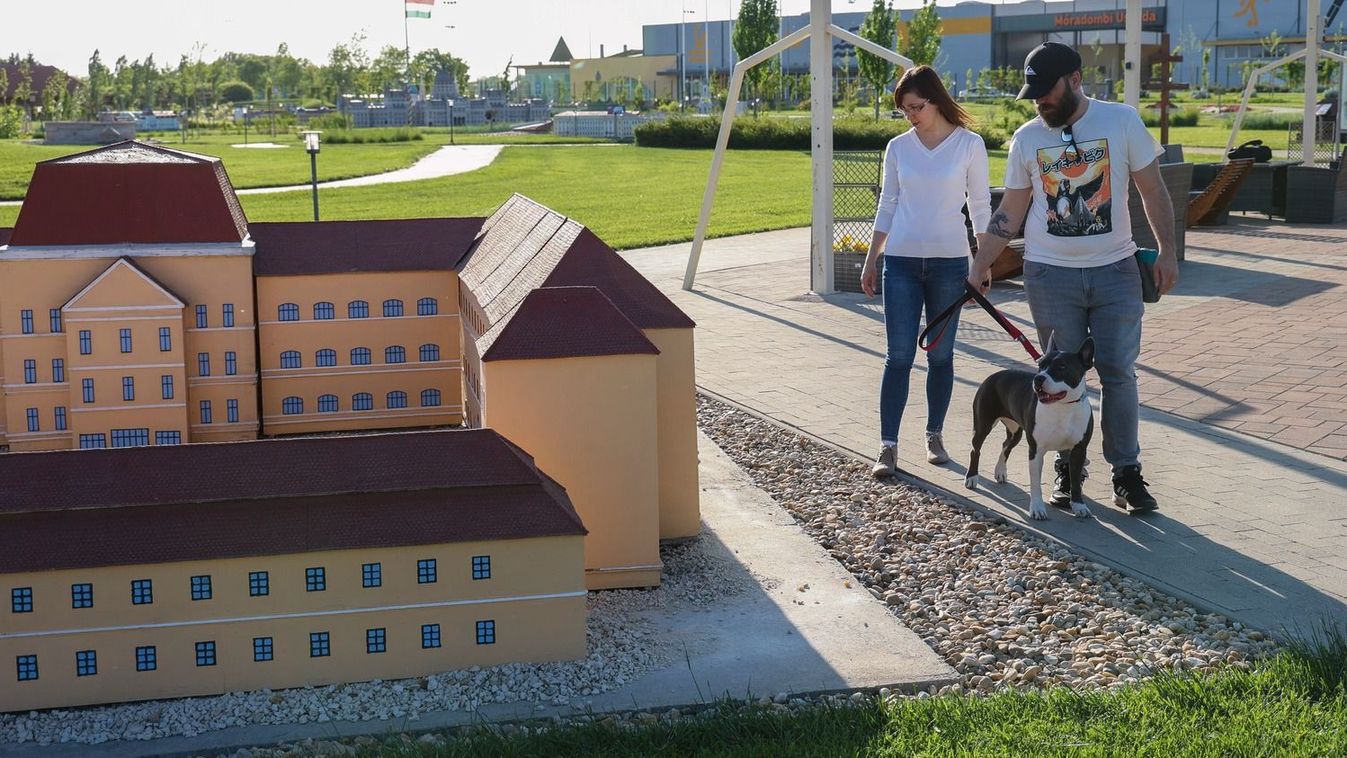




![Fera: The Sundered Tribes will also be released on consoles [VIDEO]](https://thegeek.hu/wp-content/uploads/sites/2/2024/05/thegeek-Fera-The-Sundered-Tribes-1.jpg)


